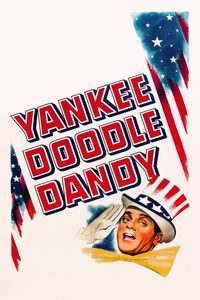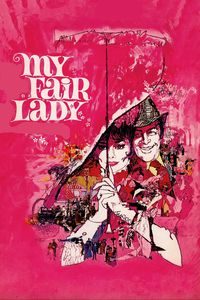It’s a Wonderful Life (1946)
(On TV, December 2017) I’ve always liked James Stewart, but after the one-two combination of The Shop around the Corner and It’s a Wonderful Life, he has now ascended even higher in my own pantheon of actors. It’s hard to resist the charms of his performance in It’s a Wonderful Life, as central as he is to the film’s success. After all, on paper it sounds like a snore: A man being shown (by an angel, no less) the impact of his life? Not promising. And yet, after a rough start that goes all-in on divine intervention, the magic starts happening as we follow Stewart’s character as he ages and develops. Writer/director Frank Capra was a veteran at the time of the film’s production and his skill is evident throughout. It’s a Wonderful Life has that elusive scene-to-scene watchability, as we can’t resist wanting to know what will happen next, even though we can certainly guess the outline of the plot before it happens. Much has been said about the film’s inspirational quality, and despite my skepticism the film does deliver on these promises—so much so that, midway through the movie, I paused it and made a difficult (but important) phone call that I’d been putting off for a while. All part of trying to measure up to James Stewart’s character. While I have issues with many of the film’s more maudlin moments (and suspect that I’m opposed to a few of its major themes), I’m rather pleased to report that It’s a Wonderful Life worked as well on me as it worked on several generations so far. Far from aging, it has become quite an amazing time capsule. Plus, hey, James Stewart.

![Per qualche dollaro in più [For a Few Dollars More] (1965)](https://www.christian-sauve.com/wp-content/uploads//for-a-few-dollars-more-1965-200x300.jpg)


![Per un pugno di dollari [A Fistful of Dollars] (1964)](https://www.christian-sauve.com/wp-content/uploads//a-fistful-of-dollars-1964-200x300.jpg)

![Joheunnom nabbeunnom isanghannom [The Good, the Bad, the Weird] (2008)](https://www.christian-sauve.com/wp-content/uploads//the-good-the-bad-the-weird-2008-200x300.jpg)







